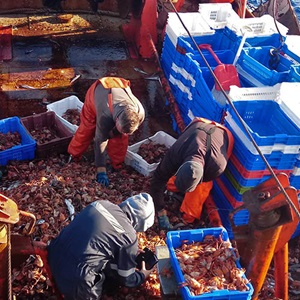Innovative science on startle responses will be used in the Namibian fishery to safely deter Cape fur seals from interactions with hake trawls and longlines.
- Consultations between the fishing industry, scientists and engineers to establish most effective modifications of the technology
- Controlled experiments to determine the optimal design and sound levels to deter Cape fur seals
- Separate tests onboard trawlers and longliners, including testing for habituation
- Close collaboration between fishers, governments and science for sustainable solutions
Start date: April 2025
£49,350 GBP
Science and Research Fund
Awardee
Namibian Hake Association
Fishery
Namibia hake trawl and longline fishery
Harmful interactions between Cape fur seals and fishing gear
The Namibia hake trawl and longline fishery was first certified as sustainable to the MSC Fisheries Standard in 2020. But as a condition of its certification, the fishery was required to minimise its impacts on Cape fur seals (Arctocephalus pusillus
pusillus).
It is thought that Cape fur seal population growth in recent years is likely leading to increased interactions between seals and the fishing industry. To address these challenges and comply with MSC conditions, the Namibian
Hake Association is exploring advanced deterrent technologies to minimise seal interactions.
A variety of deterrence methods have been employed globally to reduce or stop seals and sea lions interacting with fishing gear and becoming fatally
ensnared or hooked. These methods include Acoustic Deterrent Devices (ADDs), but these are cumbersome. Furthermore, the long-term success of ADDs can be limited if animals get used to the noise. Additionally, the noise drives multiple species out of the
fishing area, and exposure can cause permanent hearing damage to marine life.
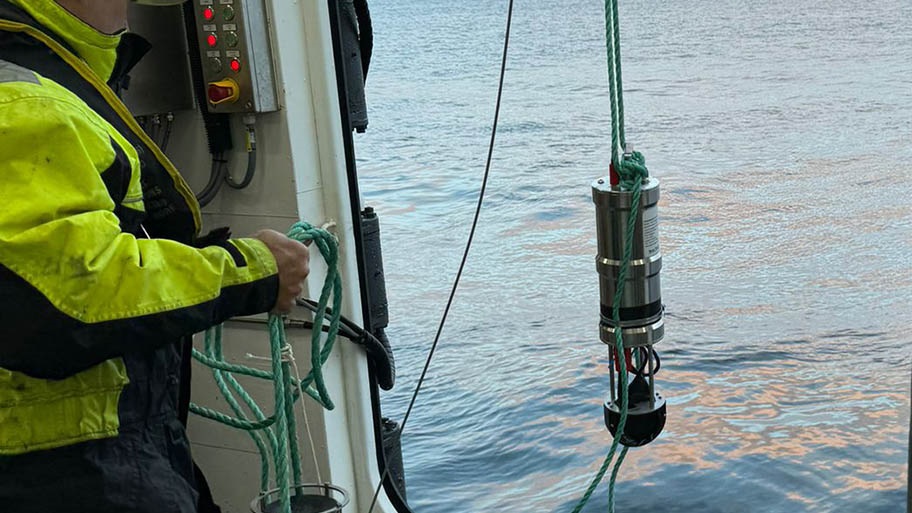
Acoustic startle device being deployed in Norway © Audun Rikardsen
What the project will do
Supported with a Science and Research Fund grant from the MSC Ocean Stewardship Fund, the hake fishery will test and deploy an alternative deterrent: Targeted Acoustic Startle Technology (TAST). The fishery will work with Dr. Thomas Götz of St. Andrew’s University Scotland and manufacturers GenusWave.
The TAST deterrent emits a low frequency noise at a bandwidth that specifically triggers a startle response in Cape fur seals’ brainstems, causing the animal to rapidly leave the vicinity. The noise levels are loud enough for the seals to be deterred
without damaging their hearing, or that of other species in the area. Research has shown that because the noise targets the animal’s innate neural flight response, habituation is unlikely.
The project will also analyse data on the
frequency of interactions to understand how much of the hake quota is being caught by the fishery and by the Cape fur seals.
The outcomes of the research could provide valuable insights for other fisheries facing similar challenges
with fur seal interactions.
“For some top predators, particularly certain marine mammal species, bycatch and gear entanglement in fisheries is hugely impactful. This is where I believe this project can make a huge difference by allowing us to further develop tools for the prevention of marine mammal bycatch.”
University of St. Andrews
Related projects
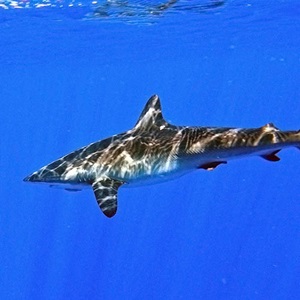
WCPO Tuna: Shark handling and release techniques
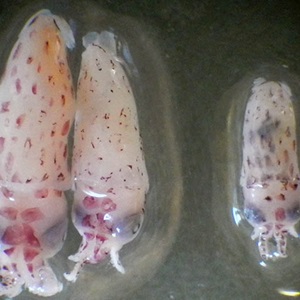
California market squid: Understanding populations
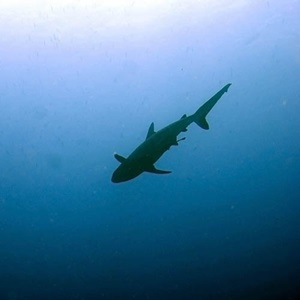
Tropical tuna purse seine: Improving shark bycatch assessment
